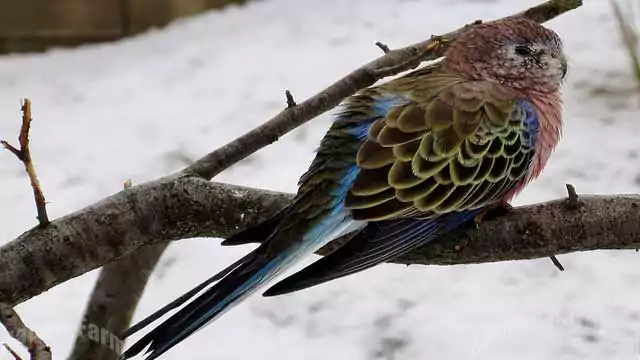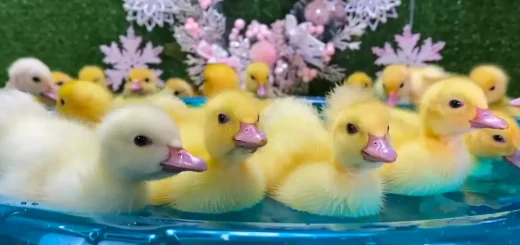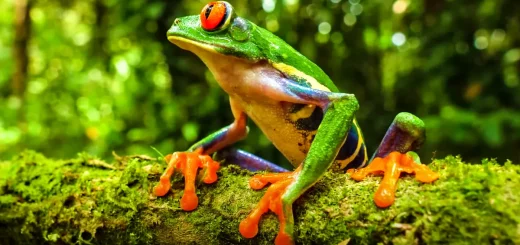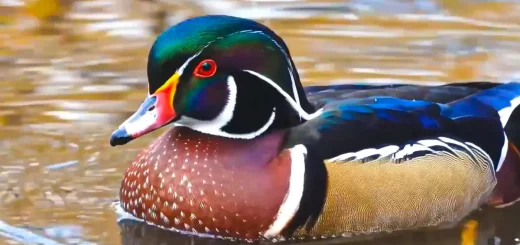Bourke parakeet bird Species – profile

Contents:
Common names
Scientific name
Origin and history
Volume
Average lifespan
The mood
Bourke’s Parakeet Colors and Markings
Care for Bourke parakeet
Bourke parakeet Feeding
Exercise
General health problems
More pet bird species and more research
Bourke parakeet is an excellent introductory bird for new to both hookbill pet bird species, as well as their calm demeanor, as well as their ability to entertain themselves. They are ideal apartment dwellers who are equally suitable for quiet birds and individual cages or small aviaries, where they are excellent partners for fins and cockatiels as well as other Bourke’s parakeets. However, due to their inactive nature, the Bourke parakeet should be kept away from the large, aggressive birds.
Bourke parakeet or simply known as Bourke, this bird is named for Sir Richard Bourke, who was governor of the New South Wales region of Australia between 1831 and 1837. Other common names include blue-vented parrots and sunrise parrots.
Common names
Other common names in Bourke parakeet are Bork Parrot, Blue-vented Parrot, Sundown Parrot, or Pink-Braille Parrot.
Scientific name
Bourke parakeet nomenclature is Neosephotus bouqui. It was originally classified as part of the Neophema Genus but in the 1990s it was destined for its own genus.
Origin and history
Bourke parakeet is a strange species of native to Australia, the only place in the world where they are found in the wild. Their habitat extends over much of the continent of Australia, including Queensland, New South Wales, Central, South, and Western Australia. The main habitat is dry plains, but the bird can be found in the native Cyprus and Eucalyptus woodlands. Wild birds are sometimes found in urban areas, as well.
Successful captive breeding programs have made Burke parakeets popular pets throughout the world. This species is not threatened in any way; The wild population actually seems to be growing.
Volume
Bourke parakeet is small to medium-sized birds, measuring 7 and 8 inches in length from the beak to the end of the tail feathers. Healthy Bourke’s parakeets are slightly less than 2 ounces once they are fully grown.
Average lifespan
Like other Australian parrots, parakeets living in captivity in Bourke have a relatively long life, with many living for 25 years.
The mood
Known as a very sweet, gentle and nice-natured breed, Bourke parakeet makes good pets when they are hand-fed as pets, allowing them to be imprisoned with human care. These cute birds are but gentle and quiet, especially compared to other animal breeds.
Peak activity usually occurs just after sunrise and sunset, when they can get a bit noisy, though not boring. Overall, this is a relatively quiet bird compared to another cotton. Unlike other parrots, Bourke parakeet doesn’t talk or perform tricks.
Bourke Parakeet Colors and Markings
Although they are not as clearly colored as some species, the parquet of Bork is still quite attractive. They have a dusty brown color on the pump, with pink feathers covering their chest and abdomen and blue tail feathers. Their feathers show a dark brown-gray color, with each feather highlighted by a light-colored outline.
Genders can be visually differentiated — they are sexually ambivalent. The adult male has a blue forehead while the adult female on the forehead has little or no blue. Males also tend to be slightly larger than females.
Many color mutations are possible with Bourke’s parakeets. One of the most popular is the Pink Bourke parakeet, which is a bright shade of pink.
Care for Bourke Parakeet
Bourke parakeet is not usually sold in pet stores; More often, you need to find a breeder. Not only are these birds often left more difficult for other animals by their owners, but companies are still calling for rescue and animal shelter to see if the birds are available for adoption.
These birds are avid flyers, so they are better suited to handkerchief aviaries than cages. The best tie is at least 6 feet in length with various tree branches to climb the bird. Bias is not a real possibility, as these birds enjoy the horizontal flight, with the dimensions that are larger than taller, select the largest cage possible. A minimum of 3 feet long, 1 1/2 feet wide, and 1 1/2 feet tall. These birds are best suited for pairing with other Bourke parakeets, although they can work alone, so you have plenty of time to interact with them. Swings are a good addition to a cage or cage.
Bourke parakeet is festive bathers, so be sure to keep the bathing pool inside the cage or aviary. Make sure the bath water is clean and cool. Another weekly shower-bath with a spray bottle filled with warm water will be an enjoyable experience for your bird.
Parakeets are amazingly social flying creatures, and the Bourke parakeet is no special case. Albeit less requesting than some other species, your feathered creature needs, in any event, an hour or two of connection and preparing.
Bourke Parakeet Feeding
Bourke parakeet falls into the “grass parakeets” category, meaning that in the wild, they sacrifice food in the fields and in the plains. Wild bark parakeets take food primarily based on seeds, grasses and other plant contents, which are available when supplemented with fruits, berries, pests and other types of food.
In order to properly feed Barki’s parakeet in captive ports, owners must mix their nuts with small almond seeds for the same size of birds and birds. This diet should be supplemented daily with a variety of fresh fruits and vegetables to provide the birds with balanced nutrition.
Exercise
Burke’s parakeets are less active than most other parakeets but are recommended in the recommended play area within 2 to 3 hours per day. These birds are like long horizontal flights, so try to provide an environment that allows for this.
Your Bourke’s Parakeet will enjoy lots of toys, so offer commercial plastic toys with watches and bright colors, as well as general household items such as cardboard egg cartons.
General health problems
Like other parrot species, Bourke’s parietal may be prone to sciatica disease, which can spread to birds and even to humans. The infection causes evident respiratory issues and is treated with anti-infection agents. Most viruses can also hit parasites, causing problems with abnormal feathers, diarrhea and pneumonia.
Parakeets are also prone to sinus contractions caused by Aspergillus fungus; Good nutrition and hygiene will prevent this problem.
A number of parasites can affect parakeets. Parasitic birds in the gut can lose weight and become depressed, but external mites and lice can scratch the bird and reduce feathers.
More pet bird species and more research










